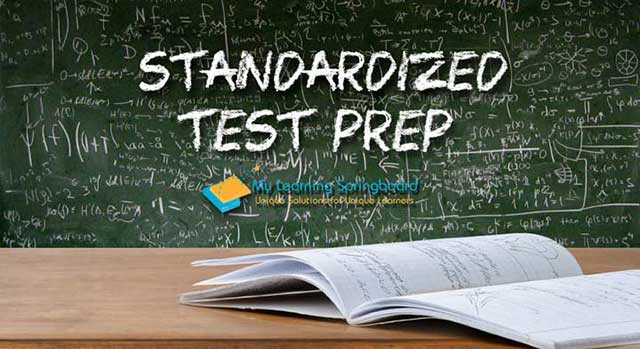General Information
The Specialized High School Admissions Test (SHSAT) is an entrance exam for the specialized high schools in New York City taken by 8th and 9th graders who reside within the five boroughs. After two decades with the same format, the test was redesigned for the 2017-2018 school year in order to be better aligned with New York State Learning Standards and daily classroom instruction. Please note that Fiorello H. Laguardia High School of Music & Art and Performing Arts requires an audition in lieu of the SHSAT.
NYC Specialized High Schools
- Bronx High School of Science
- Brooklyn Latin School
- Brooklyn Technical High School
- High School for Math, Science, and Engineering at City College
- High School of American Studies at Lehman College
- Laguardia High School of Music & Art and Performing Arts
- Queens High School for the Sciences at York College
- Staten Island Technical High School
- Stuyvesant High School
Format and Content
| SECTION # and LENGTH | SUBJECT | QUESTION TYPE | # OF QUESTIONS |
|---|---|---|---|
| 1 - 90 min1 | Verbal (57 total items)5 | 20 revising/editing questions | 5-8 stand-alone questions and 2 passages with 6-8 questions each4 |
| 1 - 90 min | Verbal (57 total items)5 | 6 reading passages3 | 5-7 questions each4 |
| 2 - 90 min1 | Math (57 total items)5 | Grid-ins and multiple choice items2 | 5 grid-in questions and 52 multiple choice word problems and computational questions4 |
1 The SHSAT is now 3 hours instead of 2.5 hours. Students can still work between the two sections freely the whole time. 90 minutes per section is only a suggestion.
2 It is NOT specifically designated how many questions will test each math topic. Students will be asked to solve problems involving addition, subtraction, multiplication, and division as well as fractions, decimals and statistics. Calculators are NOT permitted.
3 All reading passages for 2017 testing will be nonfiction passages. Starting in 2018, the DOE may revise the test to include persuasive and literary passages.
4 All multiple choice questions on the redesigned test will provide four answer choices (instead of 5 choices).
5 Though each section is comprised of 57 items, only 47 items are scored. The other 10 items in each section are field test items that are not used to determine a student’s score. Students will not be able to determine which items are field test items.
Scoring
First, a raw score is calculated for each student. There is no wrong answer penalty, so the raw score is simply the total number of correct answers.
The raw score is converted into a scaled score using a formula that the New York City Department of Education does not release. The scaled scores for the verbal and math sections are then added together to create a composite score out of 800. Each of the specialized high schools creates their own cut-off score, which varies from year to year depending on the students’ scores and the number of open spaces at the school.
Admissions Process
On the day of the exam, students choose which schools they would like to apply to and then rank their preference. If their score meets or exceeds the cut-off score of their first choice school, they will be accepted there. If it does not, then it is compared in the same way to the cut-off score of their second choice school and so on. In 2016, over 28,000 students took the SHSAT.
Testing Schedule/Registration
The SHSAT is administered once annually, typically in late October for 8th graders and early to mid-November for 9th graders. Results are used for admissions for the following school year.
2025-2026 Testing Schedule
The DOE shares updated information about the testing schedule on this page.
Cost
It is FREE to take the SHSAT exam.
Additional Information
Visit the official SHSAT website to learn more.
Click to preview the 2024 specialized high schools admissions guide.




